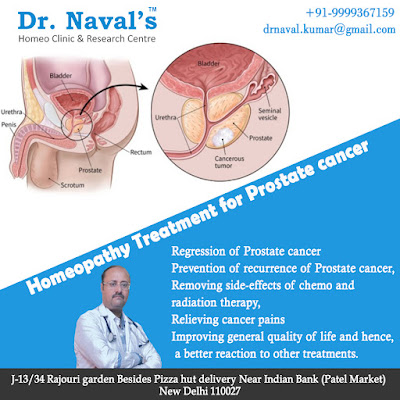Prediabetes refers to pre-diagnosis of diabetes and is often considered a warning sign. When a person’s blood sugar level is higher than normal but is not high enough to be classified as Type-2 diabetes, he is said to be suffering from prediabetes.
Prediabetes is also called borderline diabetes as if left untreated; it can develop into type-2 diabetes. The increasing number of prediabetes cases in America is a cause of concern as it can gradually lead to the development of diabetes.
Prediabetes Symptoms
As diabetes develop gradually, thus when you are in the prediabetes stage, you may not experience any symptom. However, you may notice that you:
Are drinking more water
Are feeling more tired than usual
Are eating more
Have lost weight despite eating more
Are experiencing blurred vision
While these typical symptoms are often associated with diabetes, if you are in the prediabetes stage, you may experience them.
Risk Factors Associated with Prediabetes
Some of the factors that put you at risk of developing prediabetes include:
Having one of the family members with Type-2 diabetes
Being overweight
Suffering from polycystic ovary syndrome
Being physically inactive
Aged 45 years old or more
Race and ethnicity are also considered risk factors as American Indians, African Americans, Hispanic and some Asian Americans are at higher risk.
Common Causes of Prediabetes
Insulin created by pancreas act as a key to the entry of blood sugar into different body cells which is further used as energy. Cells of patients suffering from prediabetes don’t respond to insulin naturally. Thus, as sugar is not processed properly, it starts accumulating in the bloodstream instead of fueling the cells. As the blood sugar rise, it set the stage for prediabetes which can convert into Type-2 diabetes if left untreated.
Complications Down The Road
Down the line prediabetes can progress into type-2 diabetes. This can further lead to:
Kidney disease
High blood pressure
Heart disease
Blindness
Heart disease
Amputations
Stroke
Prediabetes is also associated with unrecognized heart attacks, even if it does not progress into Type-2 diabetes.
Prevent Prediabetes from Progressing into Diabetes
If you ignore prediabetes, the risk of having Type-2 diabetes goes up. However, by making certain lifestyle changes, the risk can go down considerably. Thus, it is important to:
Evaluate your food choices and eat healthy food
Get more physical activity and try to exercise 3 times a week
If you are overweight, try to lose weight as soon as you are diagnosed with prediabetes
Make sure to control your blood pressure and cholesterol..




